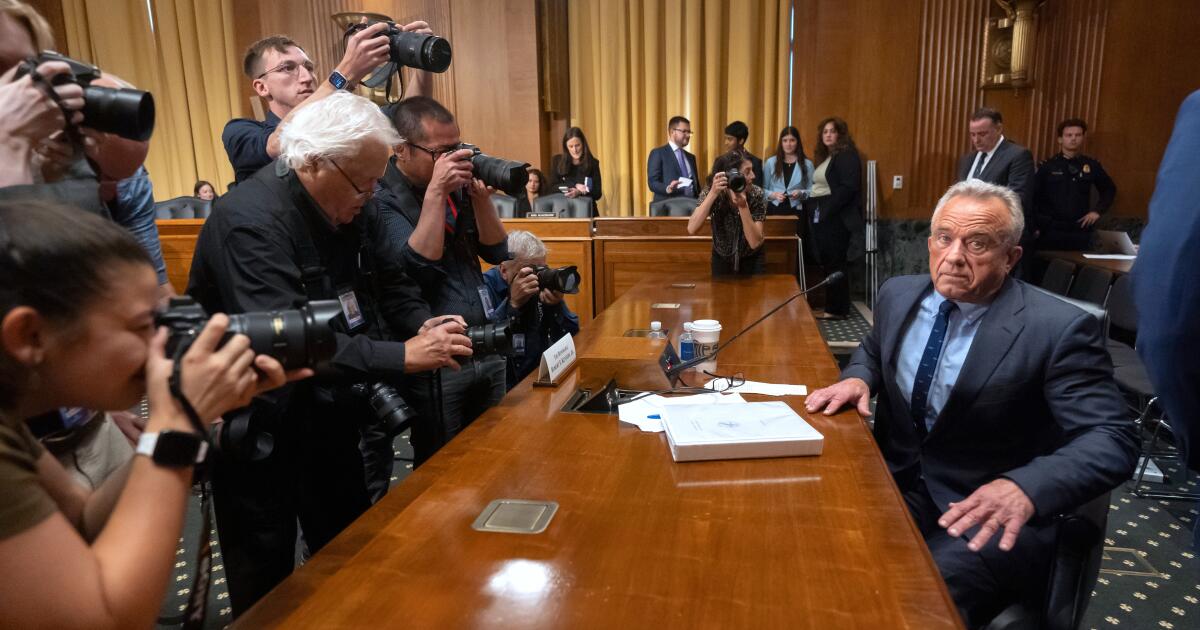The recent disruptions to internet connectivity in parts of Asia and the Middle East caused by undersea cable cuts in the Red Sea have raised serious concerns about the vulnerability of global communication infrastructure. This report aims to analyze the implications of these disruptions, the potential causes, and the broader geopolitical context surrounding the incident.
### Understanding Undersea Cables and Internet Connectivity
Undersea cables are crucial for global internet connectivity, carrying approximately 99% of international data traffic. The cables serve as the backbone of the internet, linking continents and countries. When damaged, whether through accidental causes like ship anchors or intentional attacks, the ramifications for internet access can be severe.
In this instance, the cables affected were the South East Asia–Middle East–Western Europe 4 (SMW4) and the India-Middle East-Western Europe (IMEWE) systems, which are vital for internet traffic between Asia and the Middle East. Reports indicate that countries like India and Pakistan experienced degraded connectivity, while issues were also reported in the United Arab Emirates (UAE).
### What Happened and Immediate Effects
According to reports, the undersea cable cuts occurred near Jeddah, Saudi Arabia, resulting in an immediate increase in latency and reduced internet speed for users relying on these connections. Microsoft confirmed that internet traffic outside the Middle East remained unaffected, but users particularly from telecommunication providers in the UAE, including Du and Etisalat, reported slower speeds.
NetBlocks, an organization that monitors internet connectivity, provided data indicating widespread outages due to the series of subsea cable failures in the region. A notable factor in this situation is the lack of immediate acknowledgment from Saudi Arabian authorities and the UAE government, which raises questions about the extent of the disruption and the regional response.
### Potential Causes and Theories
Speculation surrounding the causes of these cable cuts has centered on the involvement of Yemen’s Houthi rebels. The Houthis have been engaged in an ongoing conflict that has escalated due to the Israel-Hamas war. Their campaign reportedly includes threats to international shipping and infrastructure—an attempt to leverage influence in the geopolitical landscape.
The Houthis’ al-Masirah satellite news channel acknowledged the cable cuts, suggesting that they may have political motives linked to their stance against Israeli actions in Gaza. While they have previously denied targeting undersea cables, the acknowledgment of the current situation indicates a complex narrative surrounding this conflict.
### Geopolitical Context
The backdrop of these cable disruptions cannot be ignored. The ongoing conflict involving the Houthis, Israel, and regional players like Iran should be viewed through a lens of escalating tensions, where the stakes include not only local power dynamics but also international relations. The potential for undersea cables to be targeted should sound alarms regarding the security of global communications infrastructure.
Additionally, the situation is further complicated by the historical context of U.S.-Iran relations. As negotiations on Iran’s nuclear program face uncertainty, and with Israel actively engaging in military actions against Iran and its affiliates, the implications for international cybersecurity are significant. The potential for retaliatory actions, both cyber and kinetic, could see further disruptions in global communications.
### Broader Implications
The ramifications of these cable disruptions extend beyond the immediate inconvenience of slow internet speeds. Disrupted connectivity can affect businesses, educational institutions, and essential services that rely on real-time communication and data transfer. In a globalized economy, the impact can ripple out to affect trade, finance, and overall international relations.
Moreover, this incident highlights the fragile nature of global infrastructure and raises pressing questions about preventative measures and responses to future disruptions. The strategic importance of these undersea cables necessitates stronger protective measures, international regulations, and collaborative efforts to safeguard digital infrastructure.
### Conclusion
The disruption of internet services in Asia and the Middle East following the cutting of undersea cables in the Red Sea marks a significant event that intertwines technology, geopolitics, and warfare. While the exact causes remain debated, the acknowledgment by the Houthis of their involvement signals an evolving threat landscape for critical infrastructure.
As the world becomes increasingly digital and interconnected, the events in the Red Sea serve as a reminder of the vulnerabilities within our communications networks. Stakeholders in the technology and telecommunications sectors must take proactive steps to fortify these vital links against political strife and potentially hostile actions.
In conclusion, enhancing the resilience of global internet infrastructure is imperative. Addressing the challenges posed by geopolitical conflicts will require a concerted effort from nations, international organizations, and private enterprises, ensuring that the flow of information can continue unimpeded in an increasingly complex world.
Source link








